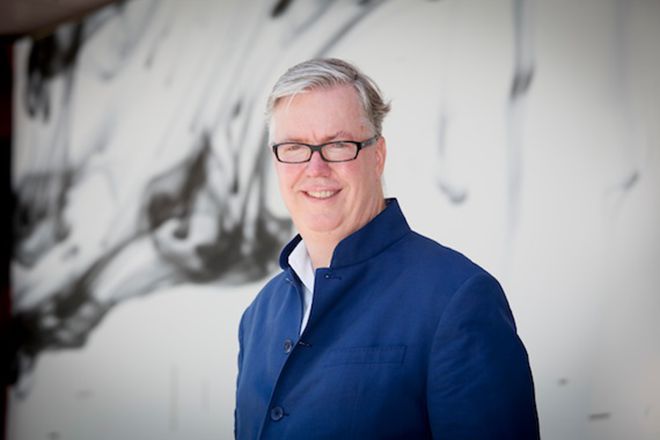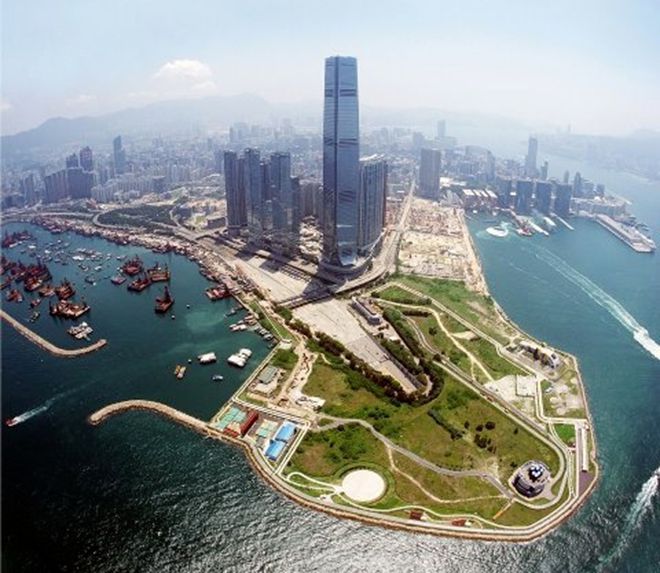It has just been announced that Dr. Uli Sigg’s famous collection of Chinese art will be donated to M+ Museum, the centerpiece art museum of the new West Kowloon Cultural District (WKCD), due to open in 2017. 1463 artworks, conservatively valued at USD 163 million — including everything from seminal works by Ding Yi, Xu Bing, Zhang Xiaogang and Zeng Fanzhi to Ai Weiwei, Liu Wei, and Zhang Peili, as well as younger Hong Kong artists — have been donated to the permanent collection of the M+ museum, along with 47 works which will be sold to the museum for USD 22.7 million.
This represents the most dramatic development for M+ since its inception was announced. For one thing, the Sigg collection is the single most important collection of Chinese contemporary art and maps the emergence of an explosive contemporary art scene in Mainland China from the 1970s onwards. Meanwhile, M+ aims to be a cultural and critical center in the mold of Tate Modern in London or New York’s MoMA.
According to the press release, Dr Lars Nittve, Executive Director of M+, said, M+ is “thrilled” by this donation, and added that “Given both the fact that many works, especially from the first ten years of this period, were destroyed due to lack of interest from collectors and institutions and the subsequent boom in the market for these works, it would be impossible to now build a collection similar in depth, scope and quality.”
M+ will reportedly dedicate over 5000 square meters during the first three years of its opening to two presentations of what is to be called the “M+ Sigg Collection.” Starting this year, M+ will also be engaged with the Chinese Contemporary Art Award (CCAA) founded by Uli Sigg in 1997, and the linked Art Critic Award.
From a collection standpoint, this announcement resolves in one fell scoop the problem of building a permanent collection as a core archive and research organ of the museum. Given that the vast majority of contemporary art in China of the past thirty years is held in private hands, how else would M+ become an institutional public museum with a permanent collection, if not by purchase or gift?
It is a pity that such an important collection cannot be housed inside the P.R.C. itself; but even Beijing does not have the resources yet — including curatorial — let alone the necessary political conditions, to protect and properly display such a collection (randian understands that in the past, “customs officials” opened crates of art Dr. Sigg was exporting and simply destroyed works they deemed controversial).
This way, Sigg also secures a slice of eternity. But no one should begrudge him this, given his key role in the development of a market for contemporary art in China (supporting artists long before they became household names) as well as institutional roles such as the establishment of the Chinese Contemporary Art Award for both artists and art writers (still unique in China). So, we look forward to the possibility of visiting the “Sigg Galleries” at M+ (or might M+ itself be renamed?). We must hasten to add that it is not only a meaty collection that makes an institution, but also the many dedicated, enlightened and professional people who work with it as part of the whole operation.
The future site of M+ Museum in the West Kowloon Cultural District.




